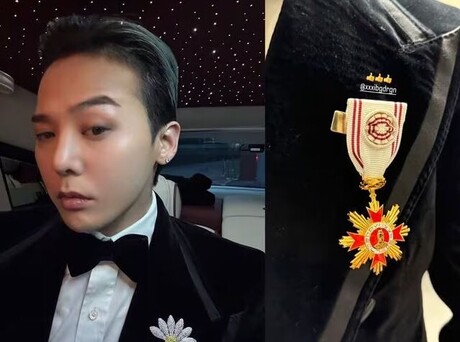A provocative new novel by Zoe Dubno titled "Happiness and Love" offers a sharp critique of New York's contemporary art scene, questioning whether modern artists are truly advancing aesthetic boundaries or simply repackaging familiar concepts with trendy updates. Through the eyes of an unnamed narrator positioned on a white linen sofa in her former friend's Manhattan loft, Dubno explores the superficial nature of much contemporary artistic expression.
The novel centers around a telling example of modern art's perceived shortcomings through the work of a young artist named Simon. His paintings, while technically executed in the style of classical master portraits, feature subjects holding contemporary objects that starkly contrast with traditional artistic themes. Where classical paintings might depict a kitchen maid pouring milk, Simon's work presents a model sporting a fashionable mullet haircut, clutching a carton of oat milk while wearing bright orange Crocs sandals.
Similarly, instead of portraying royalty adorned in jewel-encrusted gowns as old masters might have done, Simon's contemporary interpretation features sitters wearing high-end Dior couture. This juxtaposition of classical technique with modern consumer culture forms the crux of Dubno's satirical commentary on today's art world.
The narrator's harsh assessment of Simon's work reveals the novel's central critique of contemporary artistic expression. She argues that her contemporary has achieved "no aesthetic progress," suggesting that his paintings convey no deeper conceptual meaning beyond the obvious observation that "We now have different things than before." This pointed criticism, emphasized through italics in the original text, underscores the perceived banality that Dubno sees pervading New York's avant-garde art scene.
Through this artistic example, Dubno raises fundamental questions about the purpose and value of contemporary art. The narrator's incredulous questioning - "What on earth was the artist doing—what was his idea?" - reflects a broader skepticism about whether surface-level modernization of classical forms constitutes genuine artistic innovation or merely represents a shallow commercialization of established artistic traditions.
The novel serves as both a satire of current art world trends and a subtle hint toward what might constitute more meaningful artistic expression. By exposing what she perceives as the emptiness behind much contemporary gallery culture, Dubno challenges both artists and audiences to seek deeper conceptual foundations in creative work rather than settling for superficial updates to traditional forms.































